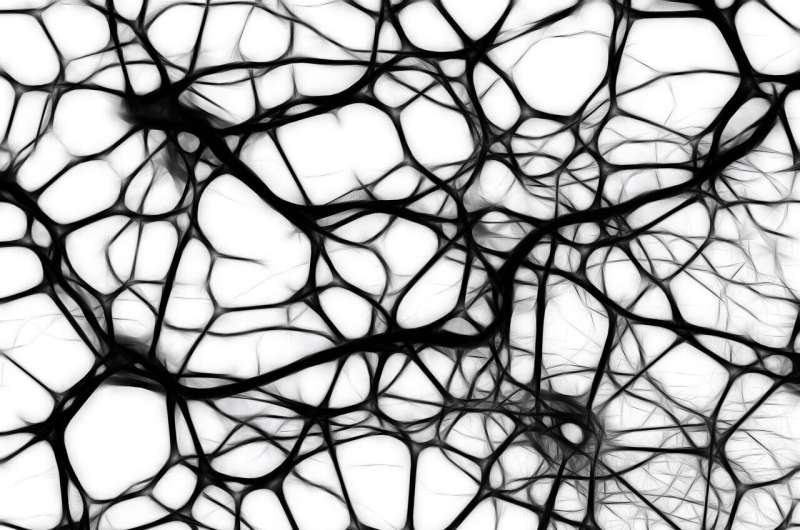Researchers at Kobe Gakuin University in Japan have developed a groundbreaking technique to deliver existing drugs more effectively to the hippocampus, a brain region heavily affected in Alzheimer’s disease. By genetically engineering insulin-fused proteins that target hippocampal neurons, they’ve found a way to overcome the blood-brain barrier and maximize the therapeutic potential of various biological drugs. This innovative approach could revolutionize the treatment of Alzheimer’s and other neurodegenerative disorders. Hippocampus, Alzheimer’s disease

Targeting Hippocampal Neurons: The Key to Unlocking Alzheimer’s Treatments
The hippocampus is a crucial brain region responsible for memory and learning, and it’s one of the first areas affected by Alzheimer’s disease, leading to memory loss and cognitive decline. Current drug candidates often struggle to reach the hippocampus due to the protective nature of the blood-brain barrier (BBB), which limits the absorption and effectiveness of potential treatments.
To overcome this challenge, the team of researchers at Kobe Gakuin University in Japan have developed a novel technique that uses insulin-fused proteins to target hippocampal neurons directly. This innovative approach, known as hippocampal neuron-targeting (HiNT) technology, capitalizes on the fact that hippocampal neurons have more insulin receptors than other brain cells, allowing the insulin-fused proteins to be more readily taken up by these specific neurons.
Delivering Drugs Safely and Effectively: The Ingenious HiNT Approach
The HiNT technology works by genetically fusing insulin subunits with therapeutic proteins, creating a delivery system that can effectively cross the blood-brain barrier and target the affected hippocampal neurons.
Once the insulin-fused proteins reach the hippocampus, they can leverage the body’s existing cellular uptake system to be engulfed by the neurons. The binding of the Ht proteins to the insulin receptors activates the same signaling pathways as insulin, leading to enhanced macropinocytosis (cellular uptake) and allowing more of the therapeutic cargo to be delivered directly to the hippocampal neuronal tissue.
This targeted delivery approach is a game-changer, as it addresses the key challenge of getting enough of the drug to have an effect, even in low-absorption scenarios. By circumventing the blood-brain barrier and delivering the drugs directly to the affected neurons, the HiNT technology maximizes the therapeutic potential of various biological drugs for Alzheimer’s disease and other neurodegenerative disorders.
Animal studies have confirmed the efficiency of this approach, with the Ht proteins specifically accumulating in the hippocampal neuronal layers of mice after treatment. The researchers have also demonstrated the importance of cysteine residues and an insulin B chain mutant in optimizing the delivery mechanism.
Revolutionizing Alzheimer’s Treatment: The Future of HiNT Delivery
The team of researchers at Kobe Gakuin University is excited about the potential of the HiNT delivery system to transform the treatment of Alzheimer’s disease and other neurodegenerative disorders.
Unlike other techniques, the HiNT technology can deliver drugs more safely and specifically to the hippocampal neurons, which are the primary target for Alzheimer’s therapies. This targeted approach has the potential to unlock the full therapeutic potential of existing drug candidates that have struggled to reach the hippocampus due to the blood-brain barrier.
Future studies will explore the clinical applications of the HiNT delivery system, focusing on finding the most effective and least invasive method to get it past the blood-brain barrier. With this innovative technology, researchers are one step closer to unlocking new possibilities in the fight against Alzheimer’s disease and other devastating neurodegenerative conditions.
